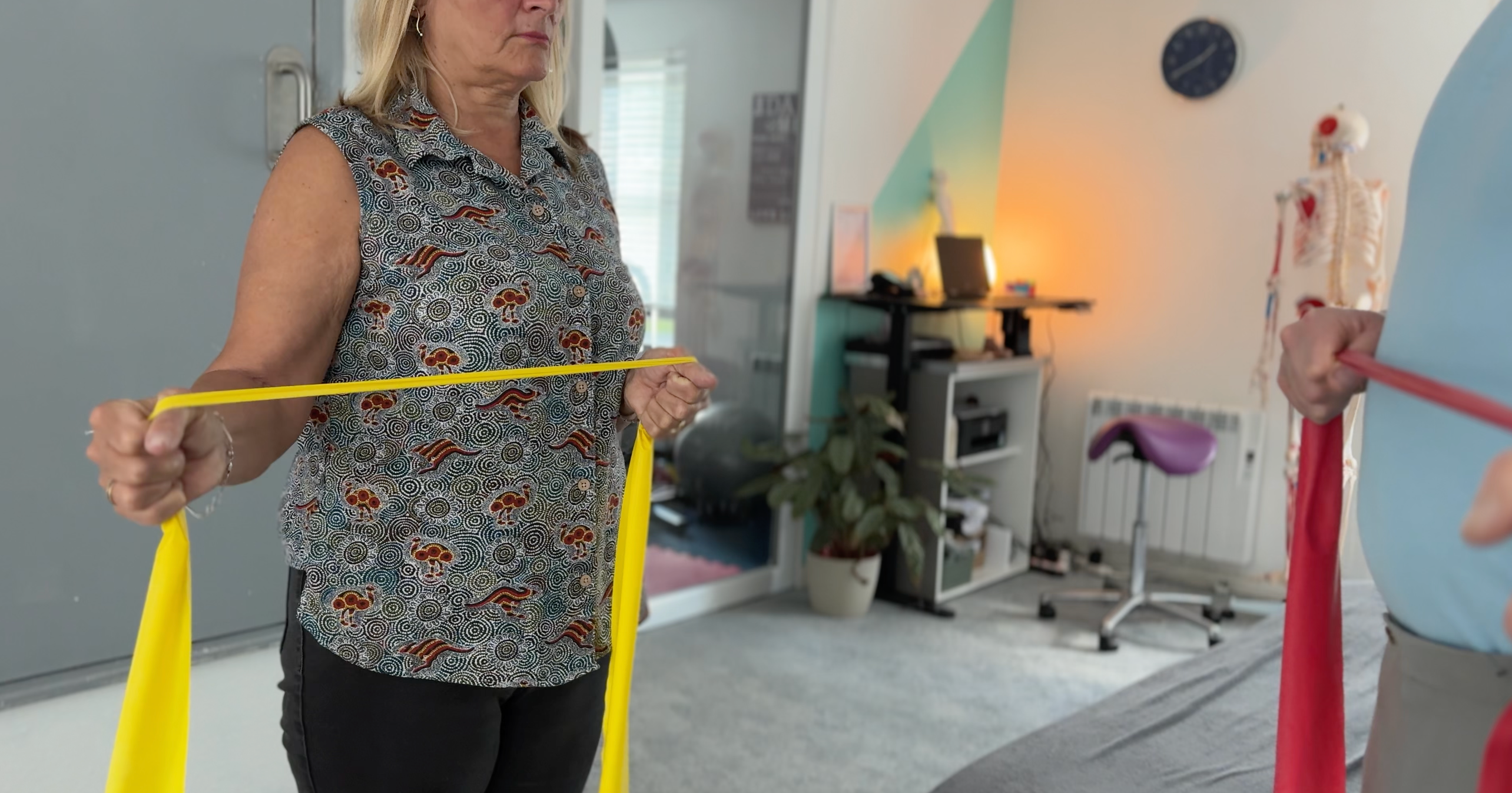
Rehabilitative and Corrective Exercises
Rehabilitative exercises for injury recovery and physical therapy. Get started on your journey to better health.
Rehabilitative Exercises in Haywards Heath at The Back Doctor
Rehabilitative and corrective exercises are an integral part of physical therapy and chiropractic care. These exercises focus on restoring function, improving range of motion, and providing relief from chronic pain. Whether you are recovering from an injury, managing a chronic condition, or looking to prevent future injuries, incorporating rehabilitative and corrective exercises into your routine can significantly benefit your overall health and well-being.
By following our patient program we include a range of exercises, which can strengthen your muscles, improve flexibility, and enhance your overall mobility. These exercises are designed to target specific areas of the body that may have been weakened or affected by injury or pain. They help to restore balance, stability, and function to the affected areas, allowing you to regain your strength and mobility.
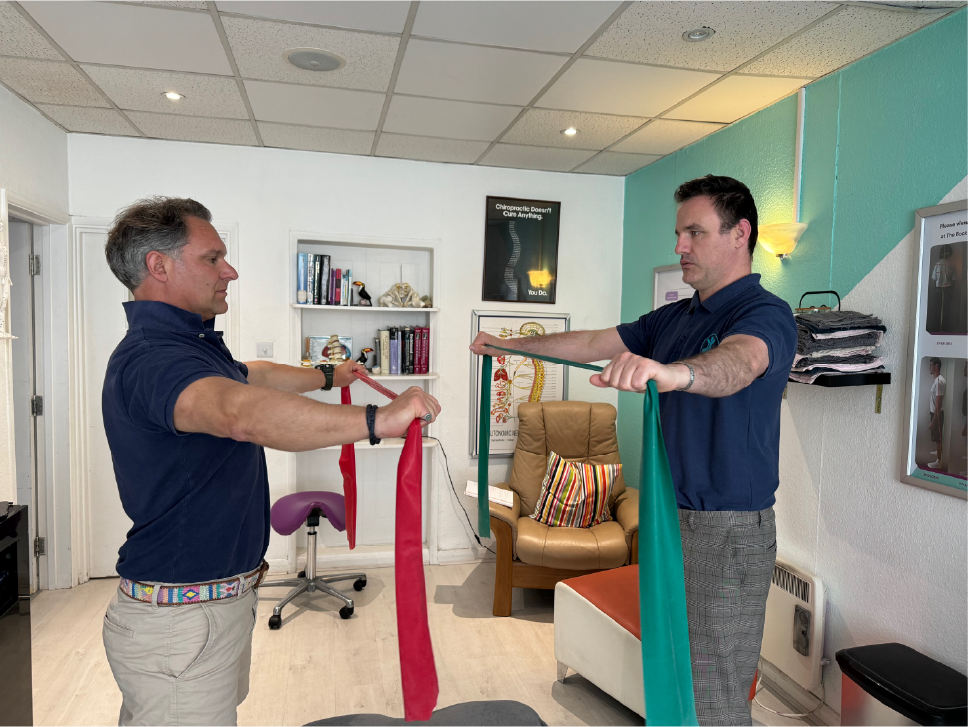
Understanding Rehabilitative and Corrective Exercises
Rehabilitative and corrective exercises are crucial in rehabilitation, catering to individuals recovering from injuries or managing chronic conditions by restoring function, enhancing range of motion, and relieving pain. Lower back pain, stemming from various factors like poor posture or muscle imbalances, is a common issue addressed through targeted exercises. By focusing on the lower back muscles and structures, individuals can bolster strength and alleviate pain. Physical therapists craft personalized exercise plans integrating stretching, strengthening, and cardiovascular activities to facilitate healing, improve function, and enhance overall well-being as part of comprehensive physical therapy programs.
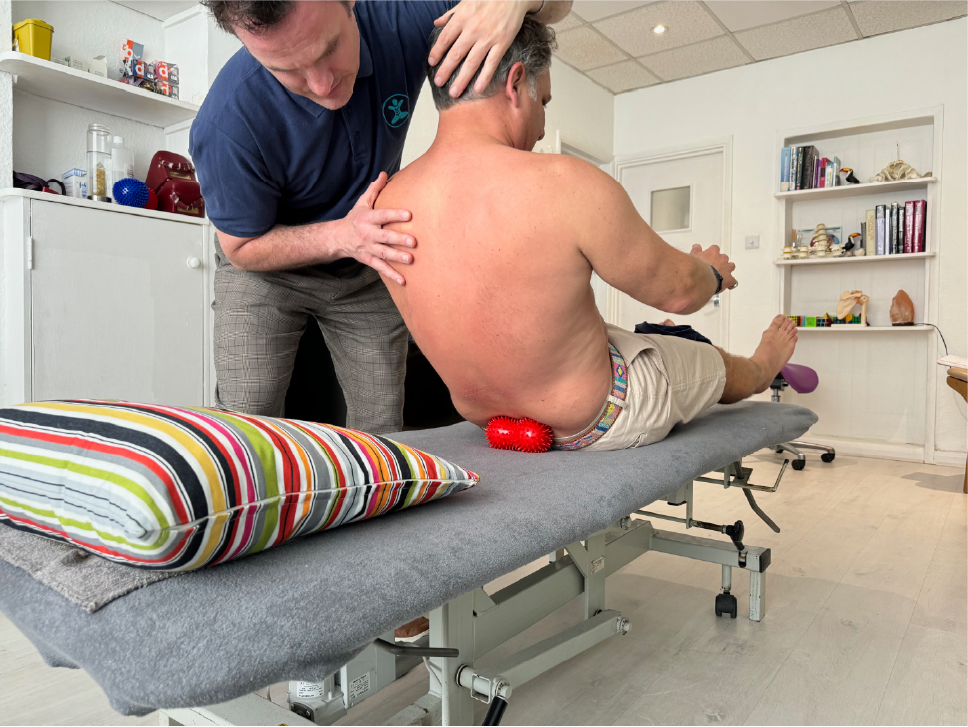
Importance in Chiropractic Care
Rehabilitative and corrective exercises are integral to chiropractic care, forming part of a comprehensive treatment approach aimed at managing back pain, neck pain, and enhancing overall range of motion. These exercises are tailored to address common issues like poor posture, muscle imbalances, and injuries, empowering patients to strengthen supportive muscles, increase flexibility, and alleviate pain. By incorporating these exercises into chiropractic treatment plans, individuals can experience improved spinal health and enhanced well-being.
Furthermore, rehabilitative and corrective exercises not only alleviate pain and enhance range of motion but also restore balance and stability to the body. We help customise care to your needs, these exercises play a vital role in promoting healing and preventing future injuries, emphasising the holistic approach of chiropractic care in addressing musculoskeletal issues and fostering optimal physical function.
Let us help reassure you
FAQ's
What Conditions Can Benefit Most from Rehabilitative Exercises?
Rehabilitative exercises can benefit a wide range of conditions, including chronic pain, lower back pain, arthritis, headaches, and neck pain. These exercises help improve strength, flexibility, and range of motion, promoting pain relief and enhancing overall function.
How Often Should I Perform These Exercises?
The frequency of performing rehabilitative exercises depends on various factors, including your overall strength, injury recovery progress, mobility, and endurance. It is best to consult with us or qualified professional to determine the appropriate exercise frequency and ensure optimal results.
Can These Exercises Replace Medical Treatment?
Rehabilitative exercises are an important component of overall treatment, but they should not replace medical treatment or the guidance of a healthcare professional. These exercises should be performed under professional supervision, and medical treatment should be followed as recommended by a doctor.
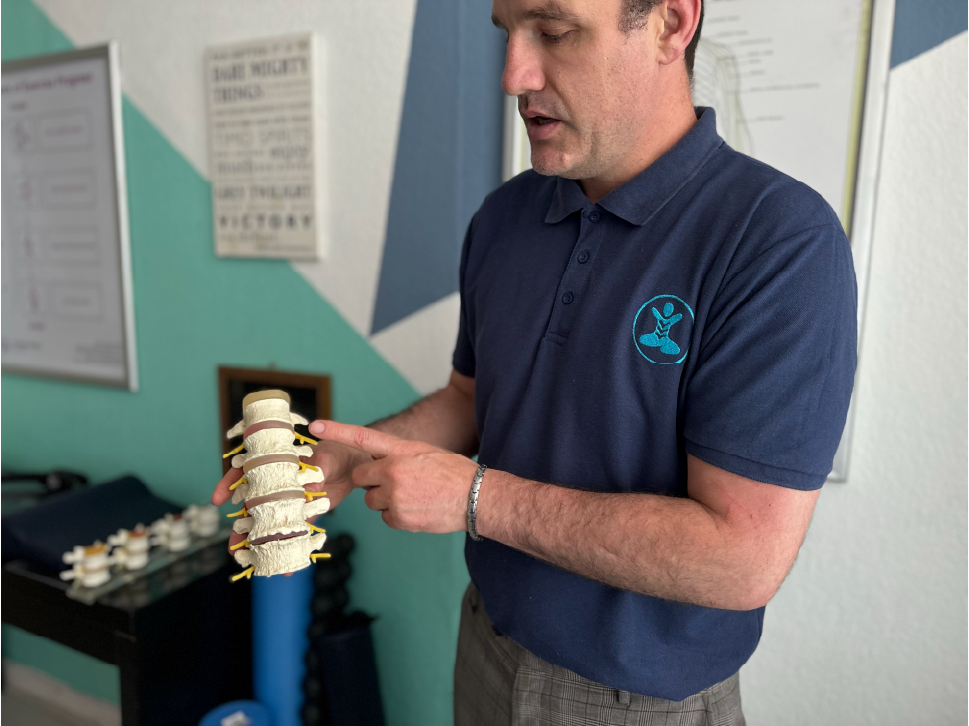
Benefits of Rehabilitative Exercises
Rehabilitative exercises offer a range of benefits if you’re recovering from injuries or managing chronic conditions. These exercises can help to reduce pain, prevent further injuries, improve mobility, enhance functionality, and increase overall strength. Whether you’re recovering from an injury or managing a chronic condition, working with us to develop a personalised exercise program can help you achieve these benefits and optimise your overall well-being.
-
Pain Reduction and Injury Prevention
Rehabilitative exercises are highly effective in reducing pain and preventing future injuries. These exercises focus on strengthening the muscles, improving flexibility, and enhancing overall stability and balance. By targeting the affected areas and addressing muscle imbalances, rehabilitative exercises help to alleviate pain and promote healing. They also play a crucial role in preventing future injuries by improving overall strength and stability.
-
Improved Mobility, Functionality, and Enhanced Strength
Rehabilitative exercises help to improve mobility, functionality, and overall strength. These exercises focus on enhancing range of motion, building muscle strength, and promoting optimal physical function. Rehabilitative exercises play a crucial role in enhancing overall strength. By targeting specific muscle groups and gradually increasing resistance and intensity, these exercises help to build muscle strength and improve overall physical performance.
Why wait until you're in pain?
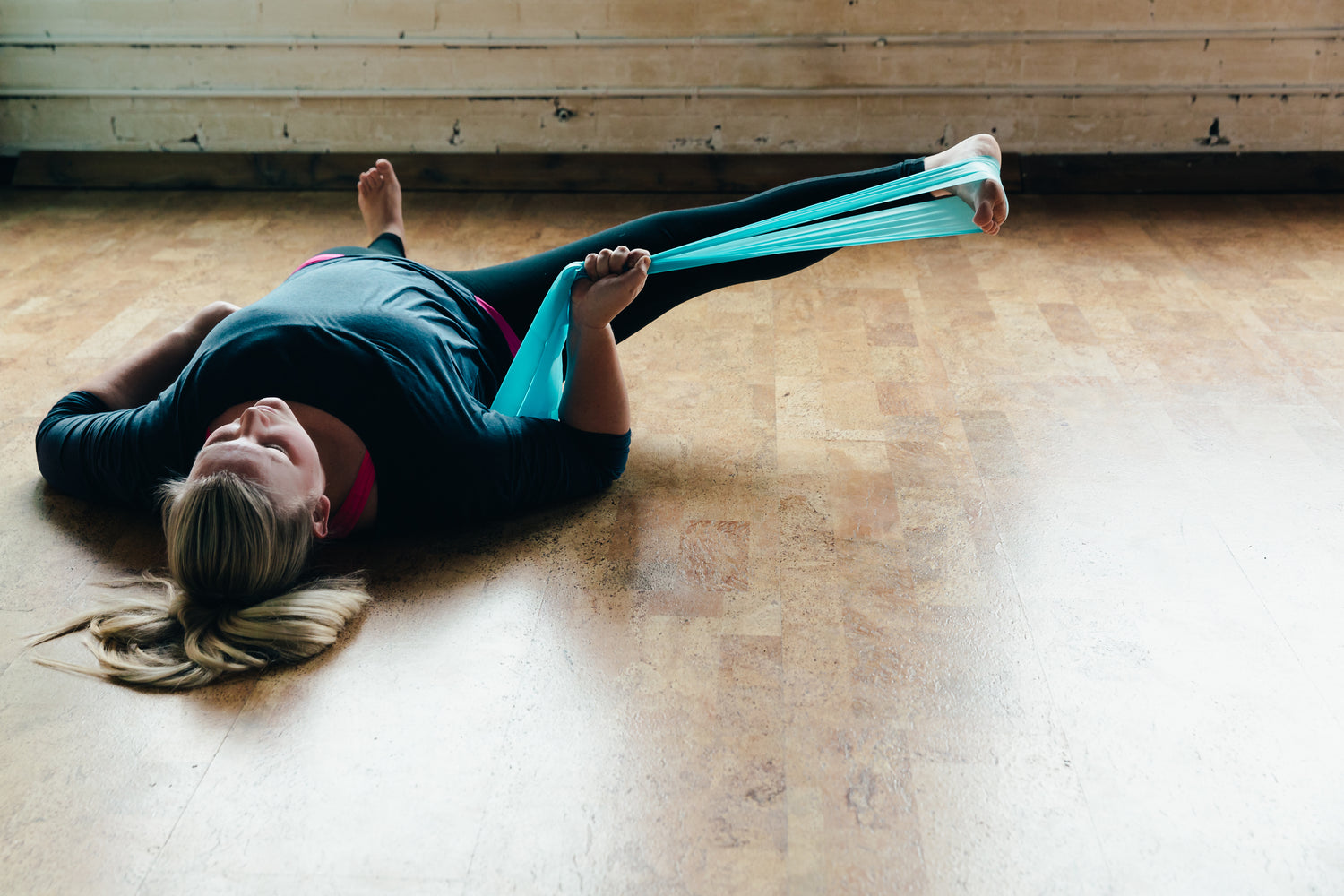
Types of Corrective Exercises
Corrective exercises are an important component of a comprehensive rehabilitation program. These exercises focus on addressing muscle imbalances, improving posture, and promoting proper movement patterns.
There are several types of corrective exercises that can be incorporated into a rehabilitation program. These include stretching and strengthening exercises, balance and coordination exercises, and postural correction exercises.
-
Stretching and Strengthening Exercises
Stretching and strengthening exercises are key components of a comprehensive rehabilitation program. These exercises help to address muscle imbalances, improve flexibility, and enhance overall strength.
Stretching exercises focus on improving flexibility and range of motion in the targeted muscles. These exercises can include static stretches, dynamic stretches, and proprioceptive neuromuscular facilitation (PNF) stretches. By incorporating stretching exercises into your routine, you can improve muscle flexibility, reduce muscle imbalances, and enhance overall mobility.
Strengthening exercises, on the other hand, focus on targeting specific muscle groups to improve overall strength. These exercises can include core exercises, such as planks and bridges, as well as leg exercises, such as squats and lunges. By incorporating strengthening exercises into your routine, you can build muscle strength, improve stability, and enhance overall physical performance.
-
Balance, Coordination, and Postural Correction
Balance exercises help to improve stability and body awareness. These exercises can include standing on one leg, performing balance drills on unstable surfaces, or using balance boards or stability balls.
Coordination exercises focus on improving motor skills and movement patterns. These exercises can include activities that require precise movements and coordination, such as agility drills or sports-specific movements.
Postural correction exercises focus on improving posture and alignment. These exercises can include stretches and strengthening exercises that target the muscles involved in maintaining proper posture. By incorporating correction exercises into your routine, you can improve posture, reduce the risk of injury, and enhance overall physical well-being.
What our clients think...
"After many months of lower back pain of which I was prescribed very strong pain relief, my condition was not improving.I was recommended to David at The Back Doctor who carefully assessed my problem and together we made a plan of treatment.David is a kind, softly spoken, professional and very inspiring.My treatment is still ongoing but I no longer take pain relief and am able to enjoy walking and light gardening again.I cannot recommend him enough."
- Steven Pettitt
"I have been to see David a few times, he is really friendly and helped me with my back. The first time I saw him was back in 2021, being a cleaner he helped me to adjust the way I work so it wasn't affecting my back and explained everything clearly to me and showed my how my back wasn't straight. After quite a few sessions my back has been amazing and haven't suffered. I went to see him again today about my neck and shoulders and I'm now pain free, can't thank him enough and i would highly recommend to anyone."
- Katie Childs
"I’ve been struggling with neck and shoulder pain for weeks. After the initial examination, I was provided with an easy to understand diagnosis from David who explained the treatment required. The treatment I’ve had from David has been excellent, as well as explaining my progress and exercises to do when away from the clinic. Amazing service from start to finish. Would highly recommend!"
- Ewa Zurowska

Safety and Best Practices
Safety is of utmost importance when it comes to rehabilitative and corrective exercises. It is essential to follow best practices to ensure that the exercises are performed correctly and without causing further injury. Proper technique and form should be emphasised to minimise the risk of incorrect movements that can lead to additional damage. It is also important to listen to your body and not push beyond its limits, as this can hinder the recovery process. We’ll help to ensure safety and maximise the benefits of the personalised exercise program.
-
Proper Technique and Common Mistakes to Avoid
It is important to focus on proper form and execution to target the intended muscles and joints. Common mistakes to avoid include using excessive weight or resistance, performing exercises too quickly or with improper alignment, and not maintaining proper breathing throughout the movement. It is essential to listen to your body and not push beyond its limits, as this can lead to overexertion and potential injury. Working with us, we’ll help to ensure that exercises are performed correctly and with proper technique, reducing the risk of injury and optimising the benefits of the exercise program.
-
When to Seek Professional Guidance
While rehabilitative and corrective exercises can be beneficial, it is important to know when to seek professional guidance. Individuals with certain medical conditions or those who have recently undergone surgery should consult with a doctor before starting any exercise program. At The Back Doctor, we can provide personalised guidance and ensure that the exercises are safe and suitable for your specific needs. If there is any uncertainty or pain during the exercises, it is important to seek professional advice. We can assess the situation, make necessary adjustments to the program, and provide guidance on proper technique and progression. Working with us ensures that the exercise program is tailored to your condition and goals, maximising the chances of a successful rehabilitation.
